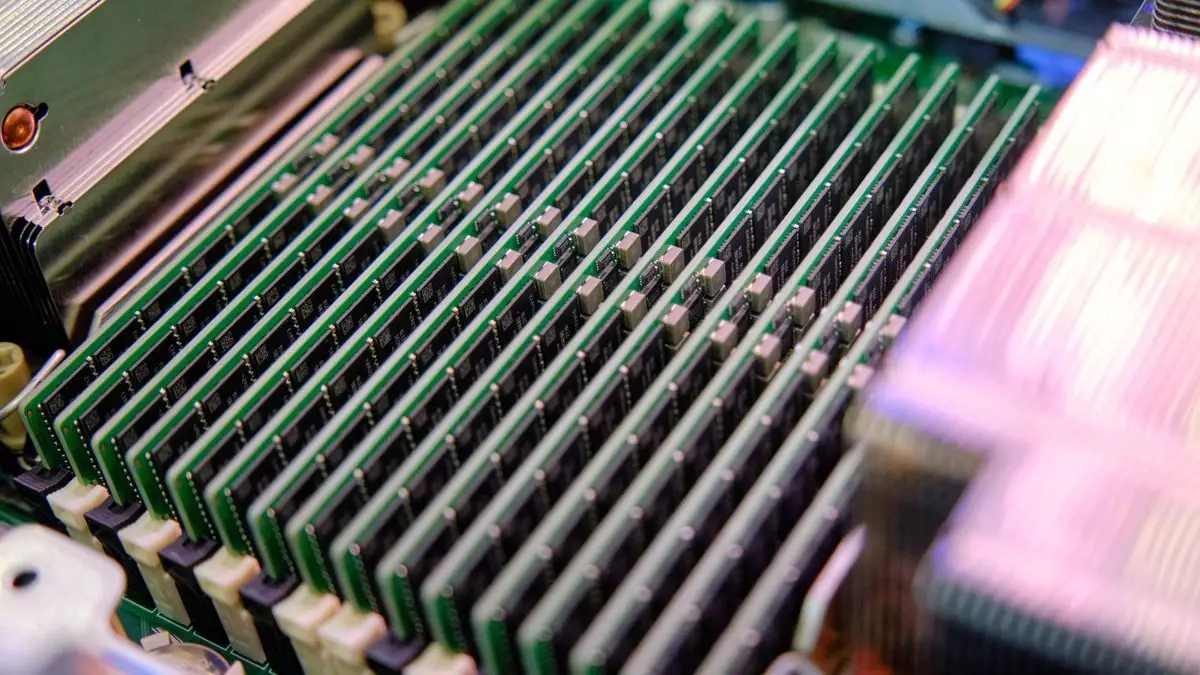In the landscape of cloud computing, security remains a paramount concern as virtual environments proliferate. AMD has positioned itself competitively in this domain with technologies such as Secure Encrypted Virtualization (SEV) and its enhanced feature, Secure Nested Paging (SEV-SNP). These innovations are engineered to mitigate the risks associated with unauthorized data access, particularly from virtual machines (VMs) within the same physical infrastructure. However, a recent security breach implicating these systems has cast a shadow over their efficacy, necessitating a thorough exploration of the implications and underlying mechanisms of the incident.
The breach originated from a research paper titled “BadRAM: Practical Memory Aliasing Attacks on Trusted Execution Environments,” which highlighted severe vulnerabilities in the SEV-SNP framework. Researchers demonstrated their findings using a Raspberry Pi Pico, an inexpensive computing device, to manipulate the read-only Serial Presence Detect (SPD) data in DDR4 and DDR5 memory modules. This act of creating memory aliases allows attackers to gain unauthorized access to data that should remain segregated across virtual environments.
The attack methodology is noteworthy not just because of how sophisticated it is but also due to the simplicity of the required tools. The total cost of setting up such an attack is around $10, which significantly lowers the barrier for potential malfeasants. By exploiting memory aliasing techniques, malicious actors can effectively disrupt normal memory mappings and even execute ciphertext corruption, culminating in what can be described as a catastrophic breach. This revelation shines a light on a daunting facet of virtual machine security that could have widespread ramifications for organizations relying on cloud computing platforms.
A particularly alarming element of this breach is the potential for exploitation without the need for direct physical access to the hardware. Although gaining physical access remains a challenge—hence creating a protective barrier—it is not impossible. Scenarios such as an insider threat, like a “malicious employee” within a cloud service provider, pose a unique risk that may go unnoticed. In light of this, companies must develop comprehensive physical security protocols to mitigate against threats that can slip under the radar.
The distinction between needing physical access and being able to exploit vulnerabilities remotely or through social engineering raises questions about the prevailing security assumptions in cloud computing environments. This breach indicates that relying solely on the encryption methods provided by SEV and SEV-SNP may not be sufficient to ward off sophisticated attacks.
AMD has acknowledged this vulnerability and assigned a medium severity level (5.3) to the issue, which suggests a systemic reevaluation of SEV-SNP implementations is warranted. The response from AMD includes a proposal for immediate remediation strategies for affected organizations. These involve using memory modules that completely lock SPD settings, effectively sealing them against malicious manipulation, coupled with robust adherence to physical security measures.
While AMD’s recommendations reflect an understanding of traditional security practices, they also highlight a critical gap. Organizations must not only secure their hardware assets but also establish a culture of security awareness among employees. Educating staff about the potential risks and the importance of reporting suspicious activities is an often-overlooked yet essential element in safeguarding sensitive data environments.
The recent vulnerabilities revealed in AMD’s SEV-SNP present an alarming reminder that even the most advanced security systems can harbor significant weaknesses. As organizations increasingly transition their operations to the cloud, they must remain vigilant against emerging threats, pursuing not only technological fixes but also fostering a proactive security culture. Balancing sophisticated, layered security measures with employee awareness may ultimately be the optimal path to securing data in an era that remains fraught with risks from both external and internal actors. The priority, therefore, should extend beyond finding patches for vulnerabilities; it should embrace entire ecosystems of security that include physical, digital, and human elements.


Leave a Reply